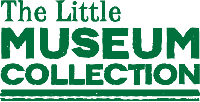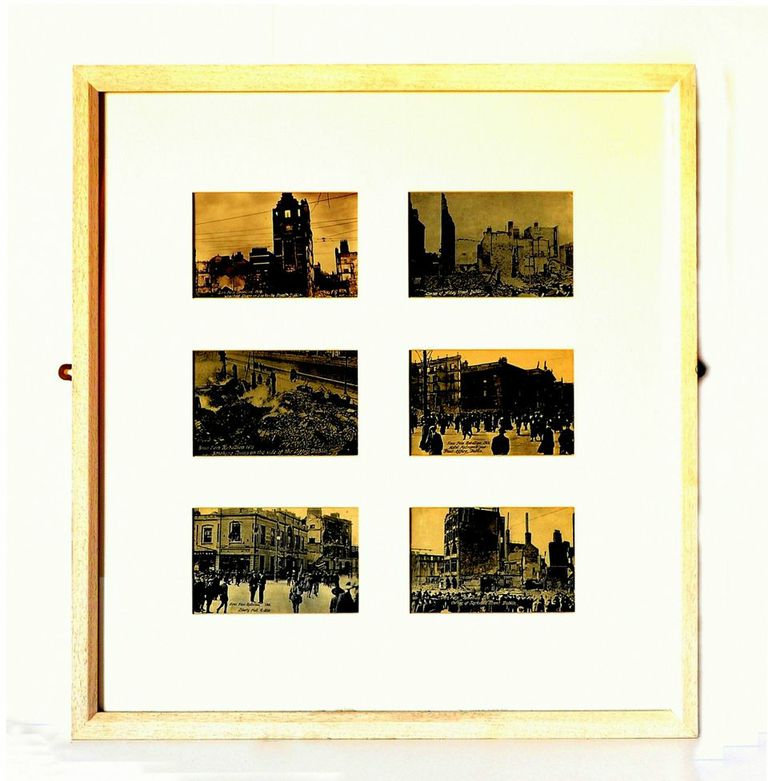St. Stephen’s Green Garrison, 1916/1940s
This somewhat gory souvenir placard recalls the aftermath of the Easter Rising
Michael Mallin’s garrison of 200 men was camped across the road in the Green during the Rising. (Countess Markiewicz was his second- in-command). The British forces made use of the high buildings surrounding the square to gain the upper hand on the rebels.
Each morning both sides halted fire in order to let the ducks in the Green be fed.
Eventually the rebels were forced to retreat to the Royal College of Surgeons on the other side of the Green. The casualties are remembered on this gory souvenir placard from the 1940s; as you can see, Mallin was executed for his part in the Rising.
Permanent Collection
Watch a documentary about the Easter Rising:











You must be logged in to post a comment.